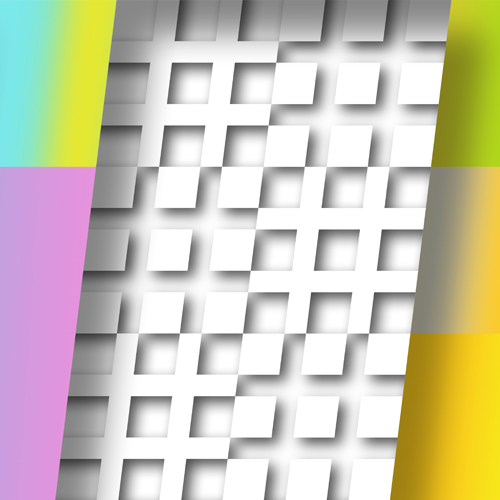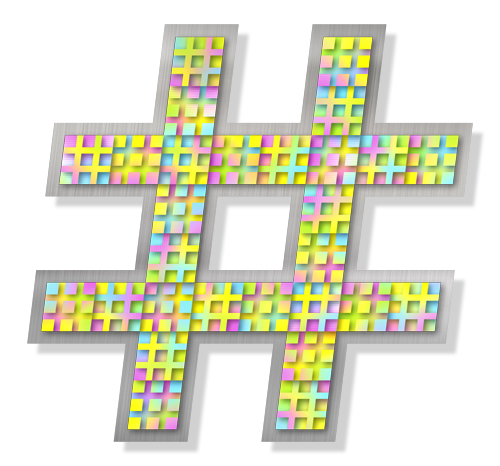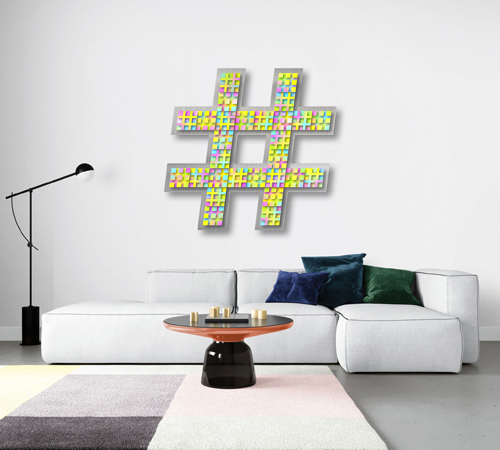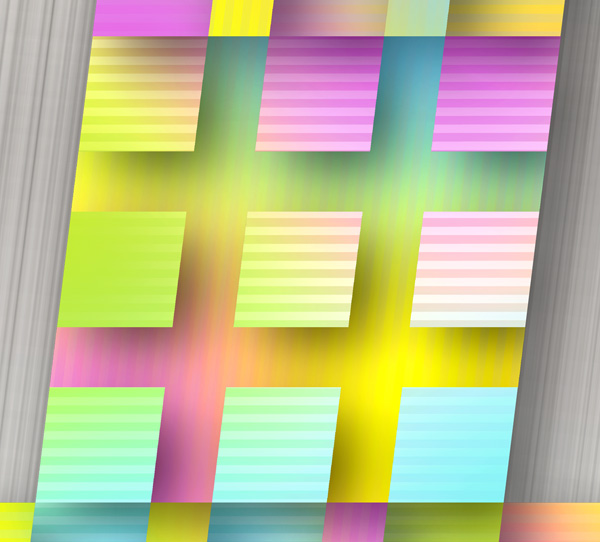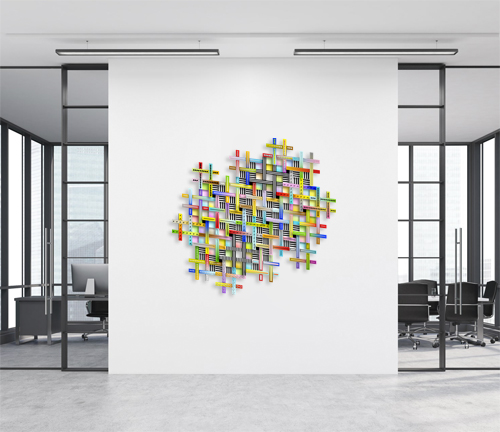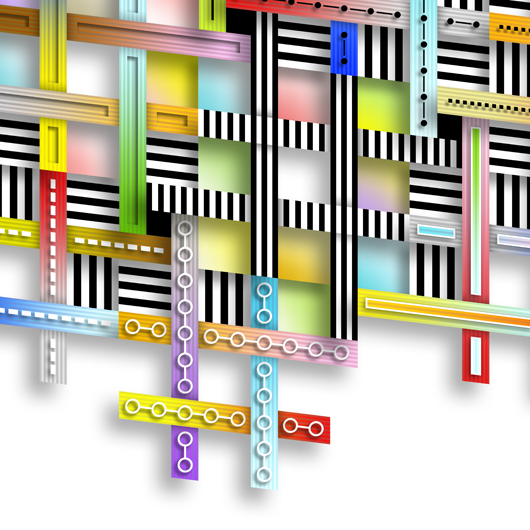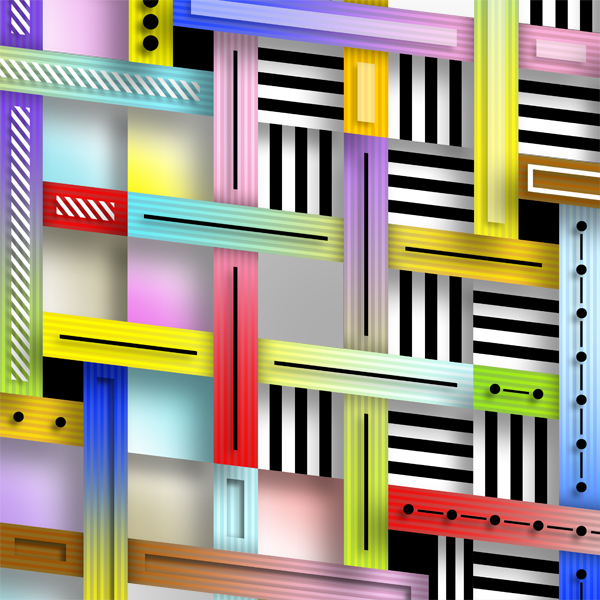click on images to enlarge (except mobile devices)

uv cured inkjet on cnc cut acrylic mounted to composite aluminum
19.75″h x 96″w, edition of 3

uv cured inkjet on cnc cut acrylic mounted to composite aluminum
19.75″h x 96″w, edition of 3
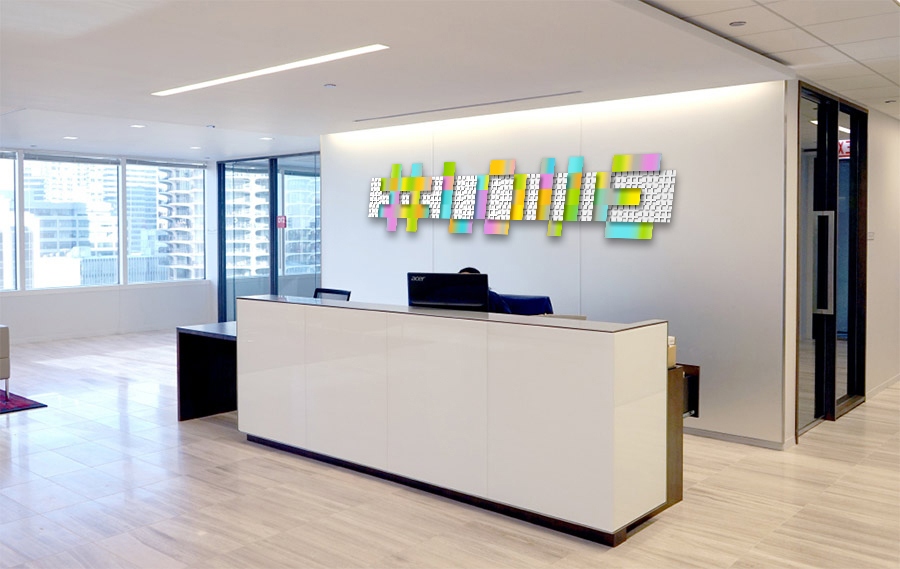
I usually don’t talk about my medical condition but my art and these newest works are connected to what I go through with my health. It’s uncomfortable to talk about publicly as what I most don’t want by doing so is pity, but only to help make transparent where my art comes from. So here I go.
Because my spine is fused from the beginning of my cervical disks all the way down to my first lumbar disc, what’s left, my lumbar and sacrum is not happy. With so much fusion, there are great stresses on my lumbar region causing herniations. The stresses on my sacrum cause my pelvis to slip out of alignment. In addition at L4-L5 there is severe stenosis which is a narrowing of the space in the discs that impinge on the spinal cord and the nerve roots exiting each vertebrae. Nerve block injections have given me only some pain relief. My mobility isn’t good. Walking is painful. Standing for extended time is difficult. Sitting for extended time is difficult. There are other complications; Nerve pain in my extremities, Occipital Neuralgia and more… OK, I got that out of the way.
What does that have to do with my art and in particular, these pieces?
I struggle with depression. I’ve had to lie in bed for extended periods of time. I’ll watch TV; the news, Netflix and Amazon streaming, listen to music and listen to audio books, currently “A Gentleman in Moscow” that I highly recommend. But sometimes I find concentrating on these things difficult. Every day I take a nap in the middle of the day. I don’t always sleep during naps, often going in a daydream state and imagine and formulate art in my head. The last work I completed was Hash ONE, a large hash symbol constructed by putting together 28 hash symbols. During some of these naps, it came to me that I could put these hash symbols inscribed within trapezoids together in a grid and with this grid, spell out words. Furthermore, I could make a hashtag. But what hashtag? I thought about what I’m grateful for, among other things that I have the love of my husband for 40 years. There it was; #LOVE.
During this holiday season, with the crazy time in history that we find ourselves in, with so many who have died, and so many struggling, with so much division, racism, homophobia, with our democracy in peril….I hope that this simple hashtag may speak to you for the love that you have in your lives as an uplifting message. As John Lennon and Paul McCartney wrote, “All You Need is Love”

